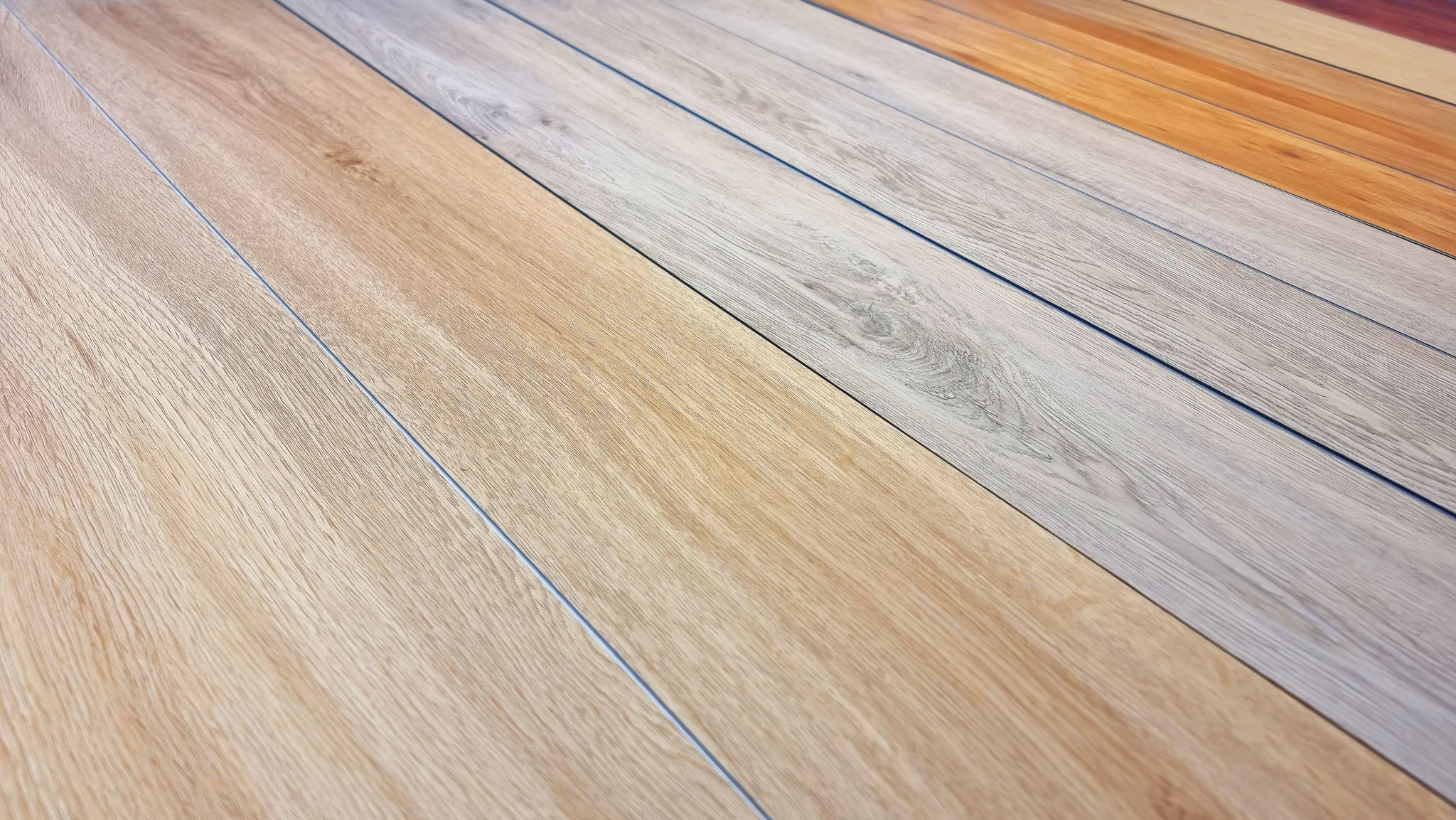Vinyl vs SPC LVT: How to Decide the Best Flooring for Your Project
Understanding Vinyl and SPC LVT Flooring
When selecting flooring for your project, understanding the differences between Vinyl and SPC LVT (Stone Plastic Composite Luxury Vinyl Tile) is crucial. Both options offer unique benefits, and choosing the right one depends on your specific needs. Vinyl flooring has been a popular choice for decades due to its affordability and durability. Meanwhile, SPC LVT is a newer innovation that combines the best features of vinyl and stone, offering enhanced stability and resilience.

Key Features of Vinyl Flooring
Vinyl flooring is known for its versatility and cost-effectiveness. It comes in a variety of styles, colors, and patterns, mimicking the appearance of natural materials like wood and stone. One of the main advantages of vinyl is its water-resistant nature, making it suitable for areas prone to moisture such as bathrooms and kitchens. Additionally, vinyl is softer underfoot compared to hard flooring options, providing comfort for prolonged standing.
However, while vinyl is durable, it can be prone to dents and scratches under heavy furniture or high foot traffic. It’s important to consider the thickness and wear layer of the vinyl to ensure longevity, especially in busy households or commercial spaces.
Advantages of SPC LVT Flooring
SPC LVT offers several advantages over traditional vinyl flooring. Its core is made from a combination of limestone and stabilizers, which gives it superior rigidity and strength. This composition makes it highly resistant to impacts and dents, ideal for high-traffic areas. Additionally, SPC LVT is 100% waterproof, making it a great choice for any room in the house.

Another benefit of SPC LVT is its ease of installation. Many products feature a click-lock system that allows for a quick and straightforward installation process, even for DIY enthusiasts. Plus, its rigid core hides minor subfloor imperfections, ensuring a smooth final appearance.
Comparing Aesthetics and Comfort
Aesthetically, both vinyl and SPC LVT offer realistic textures and visuals that mimic natural materials. However, SPC LVT's advanced printing technology often results in more authentic designs. Comfort-wise, vinyl generally feels softer underfoot than SPC LVT, which might be a consideration if you prefer a cushioned feel.

The thickness of the wear layer also plays a role in comfort and durability. Vinyl typically has a thicker wear layer compared to SPC LVT, contributing to its softer feel but potentially compromising durability under heavy use.
Environmental Considerations
For those concerned about environmental impact, it's worth noting that both flooring types can be manufactured using recycled materials. However, SPC LVT often has an edge due to its longer lifespan and robust construction, meaning it may not need replacing as frequently as traditional vinyl. This can lead to less waste over time.
Additionally, some manufacturers offer eco-friendly options in both categories, so it's essential to research products that meet your sustainability criteria if this is a priority.
Making the Right Choice for Your Project
When deciding between Vinyl and SPC LVT, consider factors such as budget, location, foot traffic, and personal preferences. If you prioritize affordability and comfort with a wide range of design options, traditional vinyl might be your best bet. On the other hand, if durability and water resistance are top priorities, especially in high-traffic or moisture-prone areas, SPC LVT could be the superior choice.
In conclusion, both flooring types have their advantages, and the best choice depends on your project's specific needs and constraints. By weighing these factors carefully, you can select the flooring option that provides both beauty and functionality for years to come.
